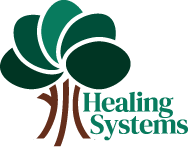Trauma Prevention
Prevention of ACEs and Trauma
Experiencing ACEs can cause trauma and long-term health impacts. Although ACEs are common, there are things that individuals, families, organizations, and communities can do to help prevent them.
There are different levels of prevention:
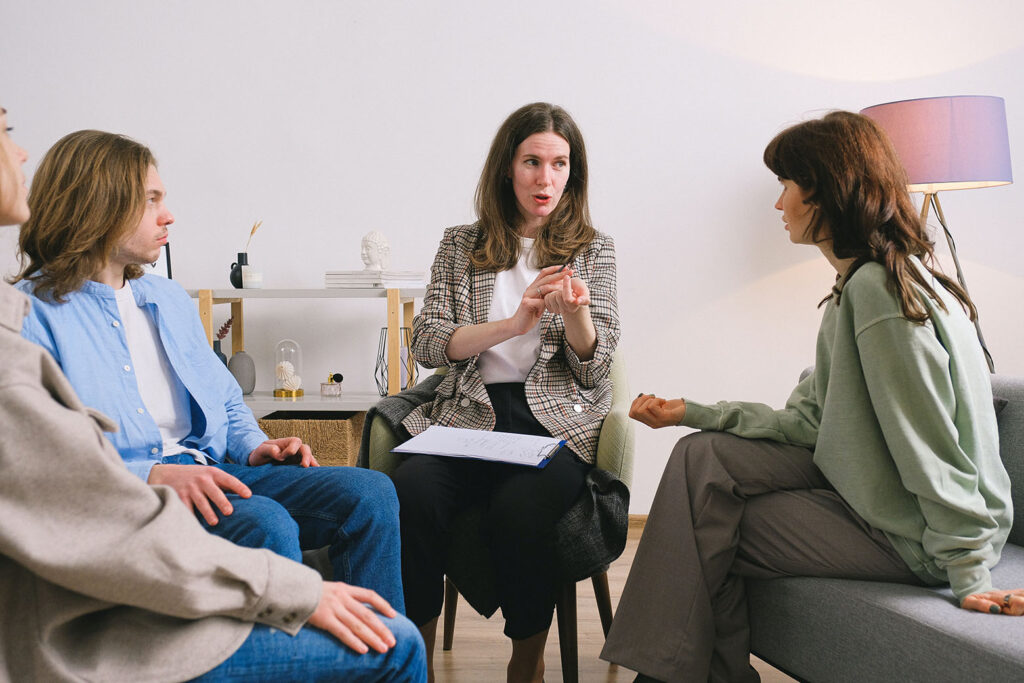
Tertiary Prevention: Some prevention efforts aim to support individuals and promote healing for those who have already experienced ACEs in their life and are experiencing impacts from that harm. Providing victim services, support groups, counseling, substance use treatment, and trauma-informed clinical services are examples of these activities.
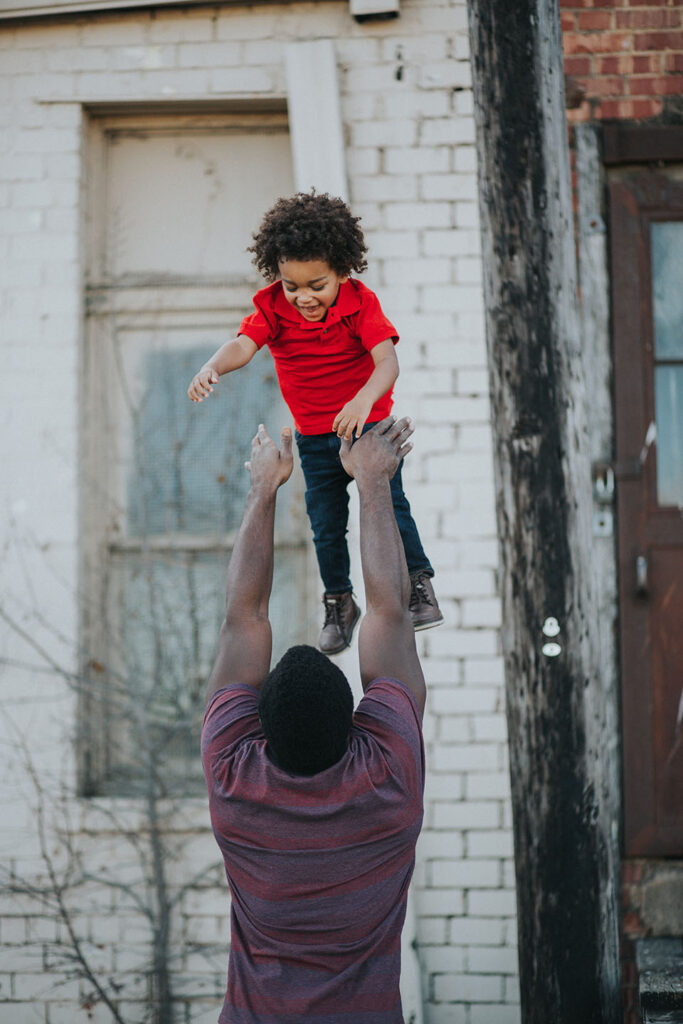
Secondary Prevention: Other prevention efforts aim to identify early warning signs of ACEs among youth and work with families and communities to stop the current harm and prevent additional harm. Strengthening trauma-informed screening, response, and referral protocols among schools, health care, social services, and other youth-serving systems to support youth experiencing ACEs and families are examples of this approach.

Primary Prevention: Primary prevention aims to create community conditions so ACEs do not occur in the first place. This can be done through policy and systems change, teaching new caregivers positive and effective parenting skills, making physical changes to neighborhoods and schools, and enhancing economic supports to families.
Evidence-based prevention programs consider who is at risk for ACEs, what risk and protective factors they experience, and what methods are best to reduce risk and/or increase prevention. Everyone can play a role in preventing ACEs.
Based on the CDC’s publication, Preventing Adverse Childhood Experiences (ACEs): Leveraging the Best Evidence Available, we’ve created a document that explains each prevention strategy and provides links to relevant programs and resources in Maryland.
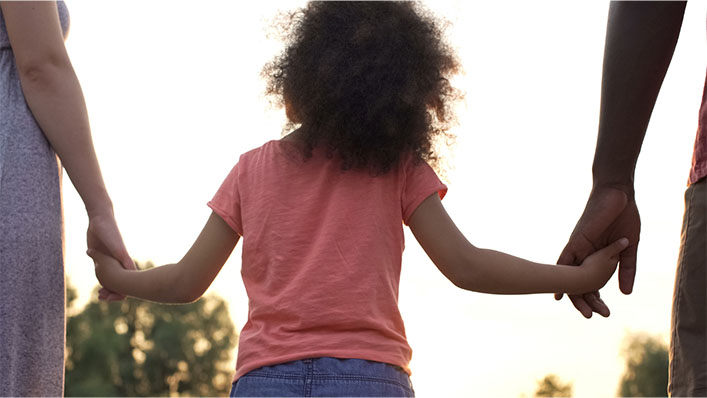
There are things programs can do to help protect youth from experiencing trauma. Examples of these prevention strategies are available in this CDC publication:
Risk and Protective Factors
Many factors can help protect youth from experiencing ACEs or help mitigate the negative effects ACEs and trauma can lead to.
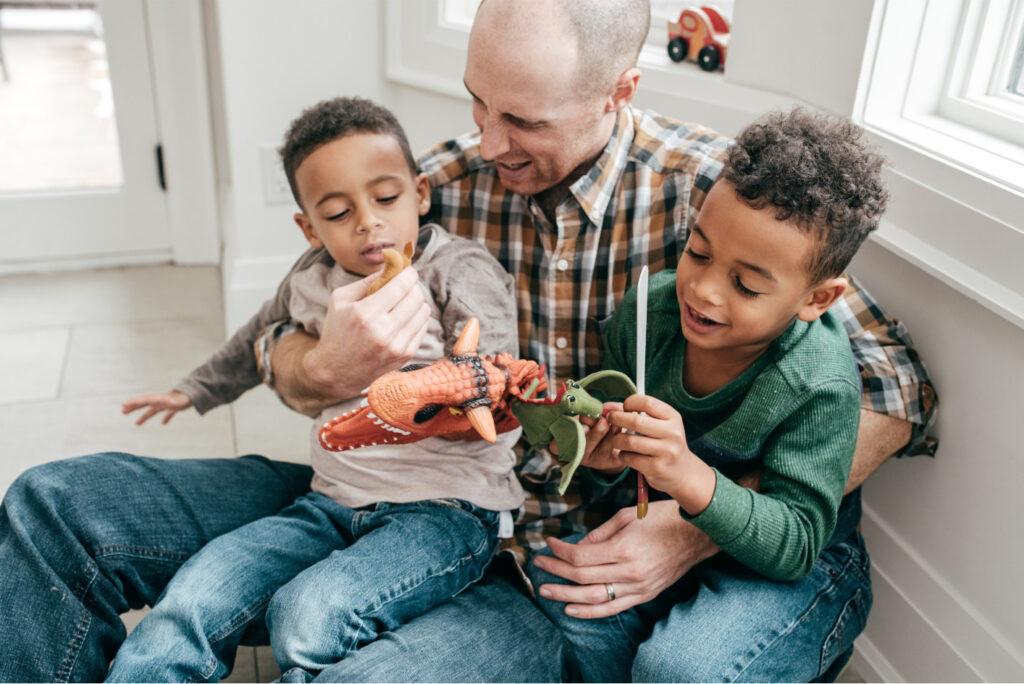
A couple of examples of individual/family protective factors are:
- Families where the caregivers help children through their problems
- Families where the caregivers/adults work through conflicts peacefully

A couple of examples of individual/family risk factors are:
- Families that have high levels of parenting stress or economic stress
- Families with caregivers who use spanking or other types of physical punishment
To learn about more protective factors on both individual/family and community levels, view the CDC’s list of examples.
Healing-centered programs and policies can decrease risk and increase protection for people in communities that are more likely to experience ACEs. Families and adults can also play an important role in supporting youth that are at risk for or have experienced ACEs or trauma. Adults and systems in the community are responsible for protecting and supporting youth. Youth should not be responsible for protecting themselves from harm.
The following video by the CDC provides a helpful example of risk and protective factors.
